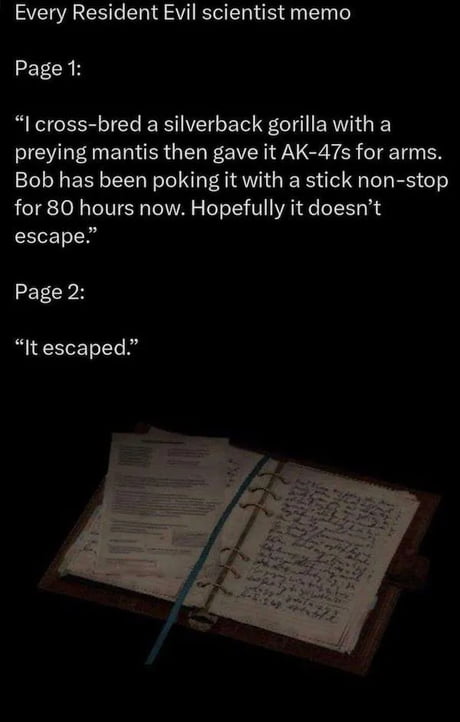Official video
Making of:
Why:
Inside the preserve:
----------
By Carl Zimmer
Carl Zimmer writes the "Origins" column and has covered de-extinction for more than a decade.
April 7, 2025, 12:33 p.m. ET
For more than a decade, scientists have chased the idea of reviving extinct species, a process sometimes called de-extinction. Now, a company called Colossal Biosciences appears to have done it, or something close, with the dire wolf, a giant, extinct species made famous by the television series "Game of Thrones."
In 2021, a separate team of scientists managed to retrieve DNA from the fossils of dire wolves, which went extinct about 13,000 years ago. With the discovery of additional DNA, the Colossal researchers have now edited 20 genes of gray wolves to imbue the animals with key features of dire wolves. They then created embryos from the edited gray-wolf cells, implanted them in surrogate dog mothers and waited for them to give birth.
The result is three healthy wolves — two males that are 6 months old and one female that is 2 months old, named Romulus, Remus and Khaleesi — that have some traits of dire wolves.
They are big, for one thing, and have dense, pale coats not found in gray wolves. Colossal, which was valued at $10 billion in January, is keeping the wolves on a private 2,000-acre facility at an undisclosed location in the northern United States.
Beth Shapiro, the chief scientific officer of Colossal, described the wolf pups as the first successful case of de-extinction. "We're creating these functional copies of something that used to be alive," she said in an interview.
The animals will remain in captivity. But the technology that the company has developed could potentially help conserve species that have not yet gone extinct, such as the critically endangered red wolf, which is largely limited to North Carolina.
----------
*Bran staring intensifies*
Making of:
Why:
Inside the preserve:
----------
Scientists Revive the Dire Wolf, or Something Close
Dire wolves, made famous by "Game of Thrones," went extinct some 13,000 years ago. Now, researchers have bred gray-wolf pups that carry genes of their ancient cousins.By Carl Zimmer
Carl Zimmer writes the "Origins" column and has covered de-extinction for more than a decade.
April 7, 2025, 12:33 p.m. ET
For more than a decade, scientists have chased the idea of reviving extinct species, a process sometimes called de-extinction. Now, a company called Colossal Biosciences appears to have done it, or something close, with the dire wolf, a giant, extinct species made famous by the television series "Game of Thrones."
In 2021, a separate team of scientists managed to retrieve DNA from the fossils of dire wolves, which went extinct about 13,000 years ago. With the discovery of additional DNA, the Colossal researchers have now edited 20 genes of gray wolves to imbue the animals with key features of dire wolves. They then created embryos from the edited gray-wolf cells, implanted them in surrogate dog mothers and waited for them to give birth.
The result is three healthy wolves — two males that are 6 months old and one female that is 2 months old, named Romulus, Remus and Khaleesi — that have some traits of dire wolves.
They are big, for one thing, and have dense, pale coats not found in gray wolves. Colossal, which was valued at $10 billion in January, is keeping the wolves on a private 2,000-acre facility at an undisclosed location in the northern United States.
Beth Shapiro, the chief scientific officer of Colossal, described the wolf pups as the first successful case of de-extinction. "We're creating these functional copies of something that used to be alive," she said in an interview.
The animals will remain in captivity. But the technology that the company has developed could potentially help conserve species that have not yet gone extinct, such as the critically endangered red wolf, which is largely limited to North Carolina.
----------
*Bran staring intensifies*












